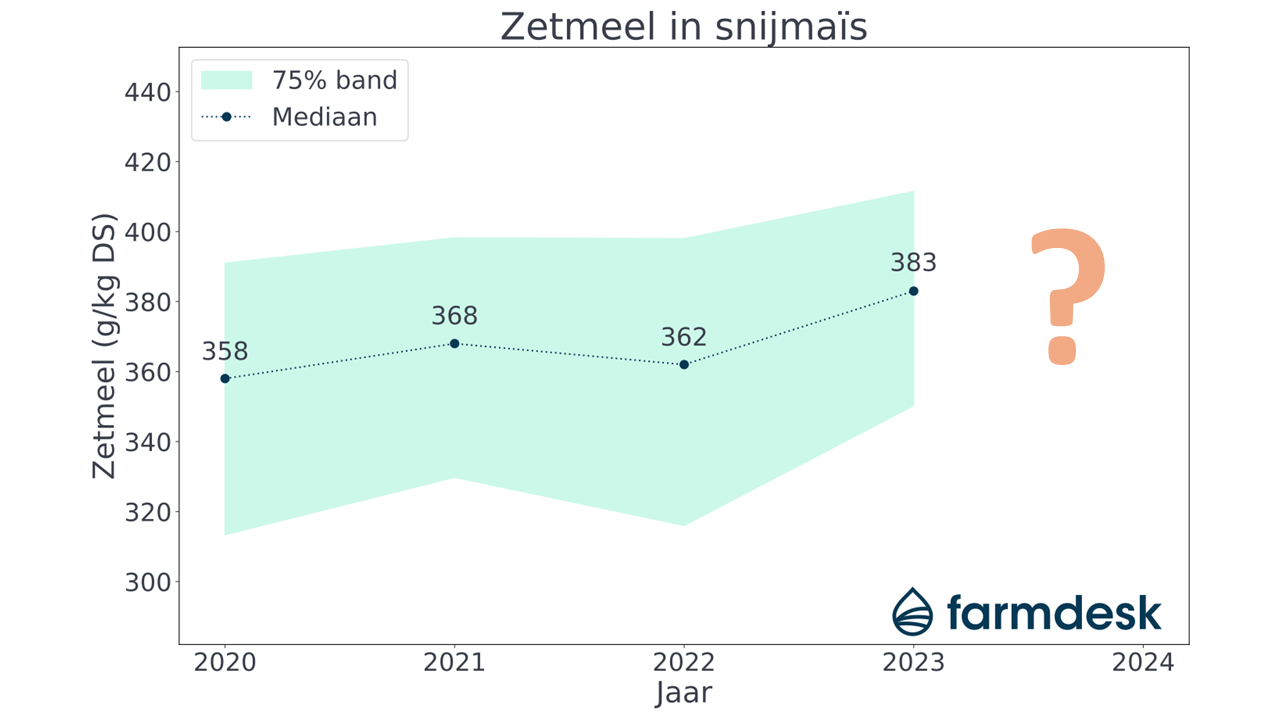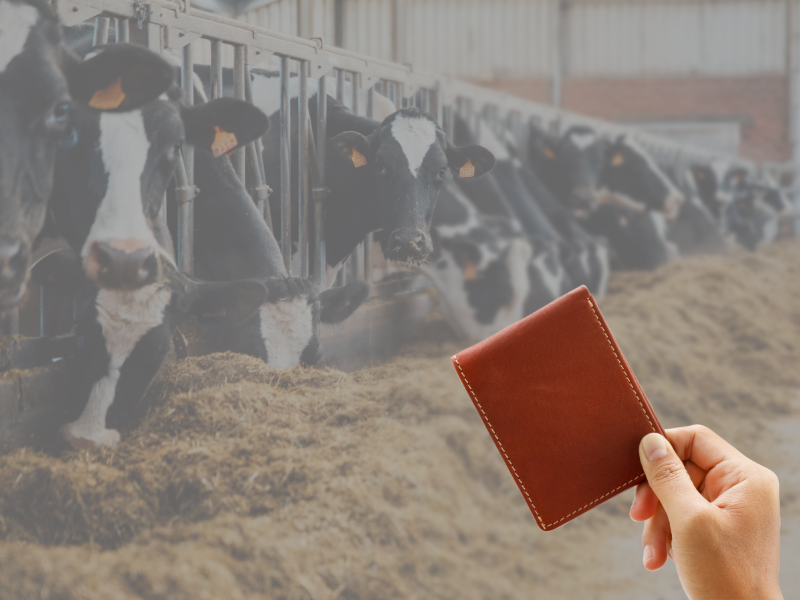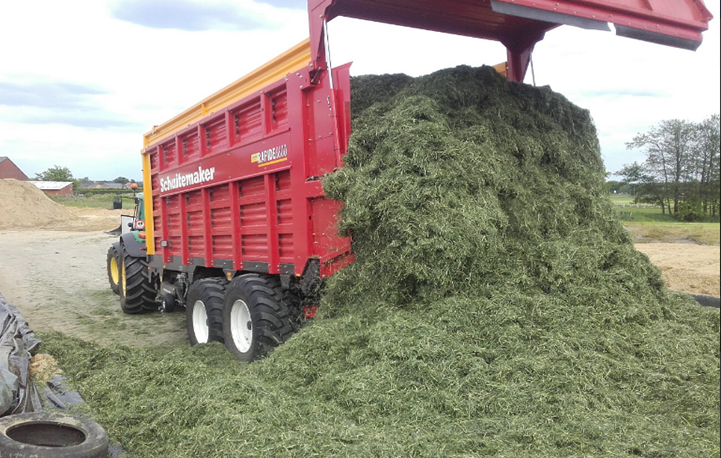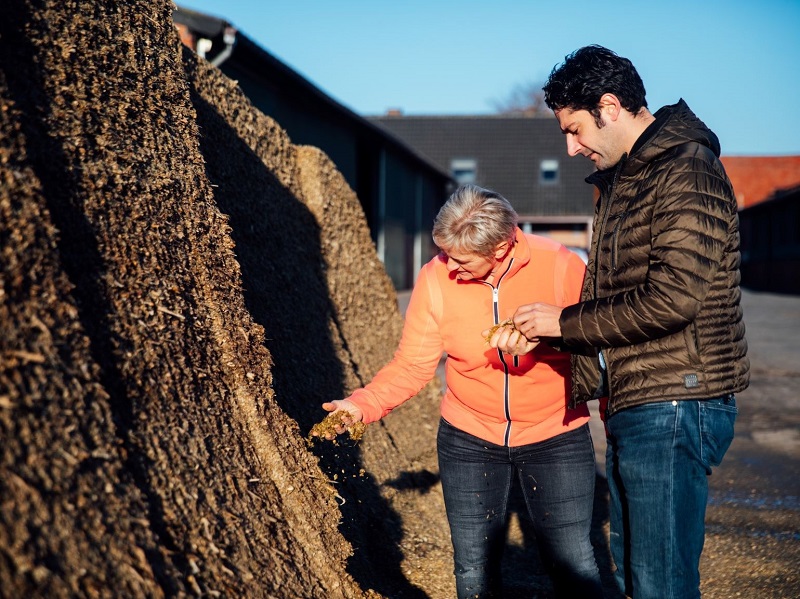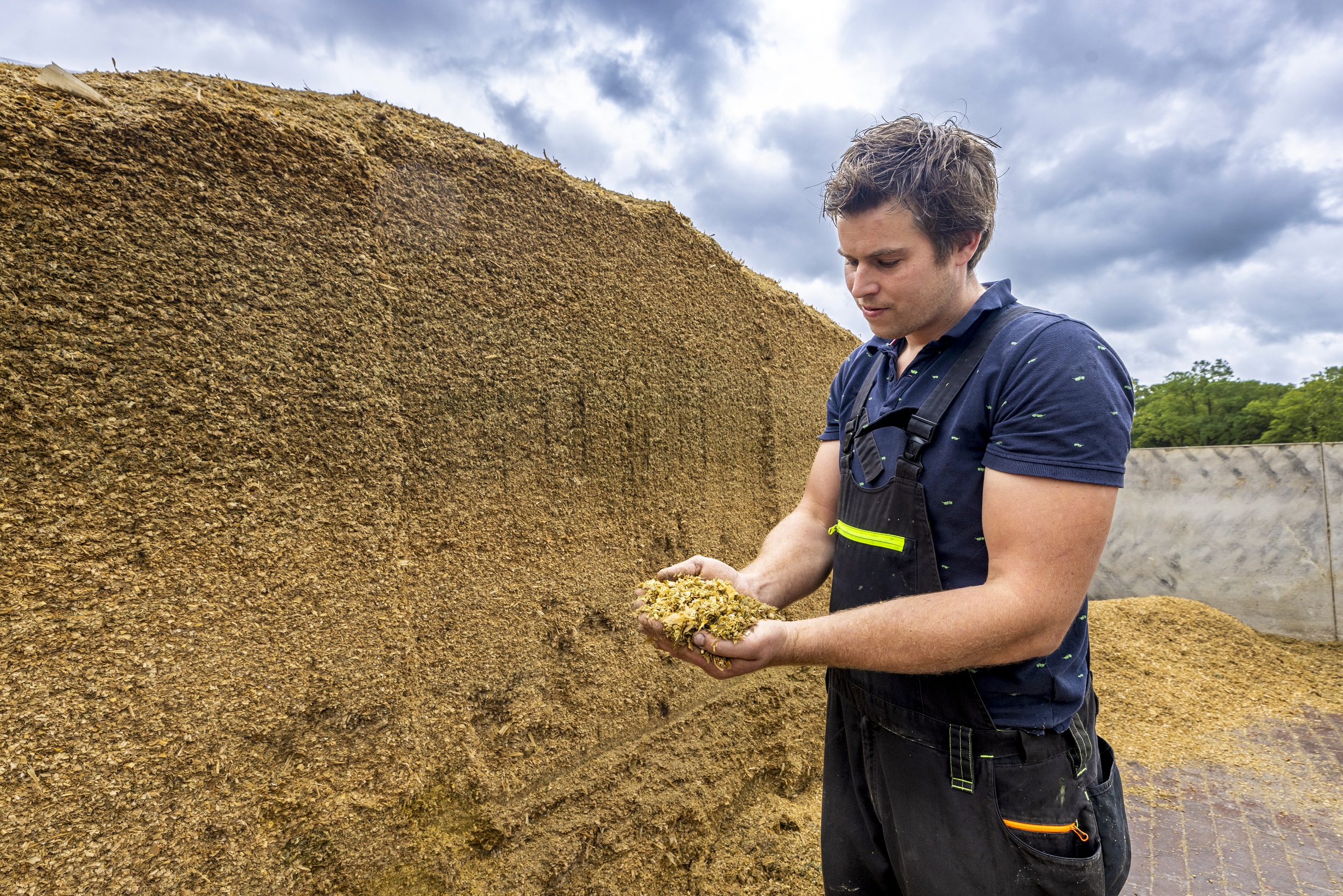Many dairy farmers know the natural decline in fat content during the summer months, the season with its idiosyncrasies plays an important role in this. Should we go along with the seasonal trend or are there also control mechanisms?
Given the temperature rises that are possible starting in mid-April, heat stress might be rearing its head. Especially with the first major temperature rise of the year going above twenty-five degrees, combined with fairly high humidity.
Often this is also the period when the fat-boosting fodder beets go out of the ration....
So how can we counter-steer as best we can and still keep the fat content as high as possible?
Feeding beets in the summer
Matter of keeping the beets in as long as possible, you might say. Some farmers do this by ensilaging part of the fodder beets with the cut corn, thus reserving them for the summer day. Know, however, that these beets undergo a metamorphosis that also has consequences for the fat content in the milk. The fat content increasing effect of the beets lies in the inducement of the rumen flora to produce betahydroxybutyric acid from the sugar present in the beets. However, this sugar is converted to lactic acid when ensiled together.
In addition, the starch in the cut corn will also be more rapidly digested by the moisture from the beets, which causes the lactic acid/propionic acid ratio to increase during rumen fermentation. This in turn gives rise to a more acidic rumen and accompanying lower acetic acid fermentation, which is precisely what is needed to support milk fat content.
"In short, ensiling beets in silage maize does not yield a fat content supporting feedstuff."
Wim Govaerts
When we ensile the remaining beets intact(uncut) insert with a previously dry first cut, they remain nicely intact as beets.
Feed this mixing silage by mouth over the summer after a waiting period of about three weeks before opening the silage. If we make a rather dry silage of quick spring rye in combination with the remaining beets in early to mid-April, the fresh beets can transition nicely to this mixing silage in early May....
Less cutting work with the beets and possibly stronger lasting fat content-supporting effect of it, in short, more interesting from a business point of view.
Pens buffers
Furthermore, buffers may be desirable if the accelerated respiration of cattle puts pressure on their own bicarbonate suplementation from saliva at elevated temperatures with high humidity. For this, please refer to the farmdesk article on heat stress.
Economically, this measure pays off fairly quickly at prices around 30 cents for the buffers such as sodium bicarbonate, chalk or zeolite.
Matter of not going too wide in sodium in the ration because it promotes drinking and also generates additional contractor costs for hauling out the pee water. Furthermore, watch out for excess calcium, which could block other minerals from being absorbed, especially phosphorus and zinc. Zeolite, as a clay mineral, will interfere with all minerals a bit in their absorbability, so perhaps feed a little extra mineral core or offer the elements organically in the core.
More fat in the ration?
Carbohydrate digestion gives more cause for heat production than fat digestion in ruminants. Hence the option of feeding more fat to cows in summer to avoid excessive heat generation in the animal and barn. Know that this cannot be rampant because rumen flora becomes much more inefficient at a fat content of more than five percent. Unless we work with resistant fats, they escape rumen fermentation and will only become available in the small intestine, after bile action.
Business consideration
We assume a resistant fat price of 2000 €/t. If we feed 200 grams of this per cow per day, a fat content increase of 0.2% per kg of milk is feasible.
Assume a Dutch milk price of 60.00 €/100 kg (at 4.42% fat), with ~1/3rd of the fat reflected in the milk price. The +0.2% milk fat at 30 kg/cow/day thus gives an additional yield of 0.30 €/cow/day. This is offset by an additional feed cost of 0.40 €/cow/day. This cannot be out.
For Flanders , we assume a milk price of 55.50 €/100 liters (at 42 g/L fat), with 1/2 the fat passing on. In this case, the +0.2% milk fat gives an additional yield of 0.45 €/cow/day. This can just about work out, but stay close to the famous "vest-pocket-pocket" operation.
"So often you see that fat supplementation in the ration to support fat content has a hard time translating into better farm results."
Wim Govaerts
However, in the case of heat stress it is also true that fat supplementation also milk production is supportive, as the cow is less likely to run into her feed intake limitations from overheating .
Suppose that during hot days, adding fat to the ration avoids the relapseof 1 kg of milk.
In the Netherlands, this works out to a net benefit of +0.50 €/cow/day. In Flanders, a net benefit of +0.59 €/cow/day. Still, on farms with an average of 100 cows, this amounts to 50 and 59 €/day respectively.
In short, there is a business benefit to be gained from fat supplementation, but watching out for the "vest pocket pocket" effects remains important.
To keep fresh cows healthy in their drive to high productions, I think it would be interesting to reserve this fat supplementation earlier for this group.
Business consideration
Know that the Farmdesk tool is not only a tool to control rationing in this area, but also instant feed profit monitoring. This way you get any vest pocket effects out after just a few days!


